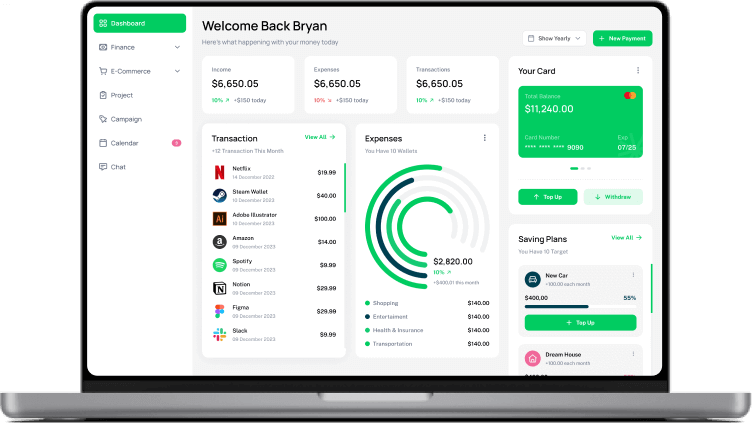Closing Ratio
Definition: The win rate, or conversion rate, is synonymous with the term “closing ratio.” In the sales domain, it characterizes one of the fundamental salesperson effectiveness metrics or efficiency for a sales team in terms of the ability to convert a prospect to sale, actually realized, in the final transaction. In simple words, this ratio is used to show sales effectiveness and efficiency.
Closing Ratio
Closing ratio is determined by taking the number of sales that have been successfully closed, dividing this by the total number of approached sales opportunities (prospects), and then multiplying this figure by 100 to express it as a percentage. For example, a salesperson who approaches 100 prospects and manages to close 25 will have a closing ratio of 25%.
Importance of Closing Ratio
The following are the reasons for which the closing ratio is important:
- Performance Benchmarking: Allows sales managers and their teams to measure their performances at an individual as well as at a collective level, against the standards and targets set in the industry.
- Strategic Decision Making: A clear comprehension of the closing ratio helps in the identification of the strengths and weaknesses of the sales strategy, which in turn shall guide the following decision-making process.
- Resource Allocation: By knowing closing ratios, companies can optimize their resource and training allocations in places that will have maximum impact on improving sales results.
How the Closing Ratio is Calculated
The closing ratio formula is:
Closing Ratio = (Number of Sales Closed / Total Number of Prospects) x 100
Strategies to Improve the Closing Ratio
Make the closing ratio better:
- Improve Lead Quality: Work closely with the marketing department to ensure generated leads are of high quality and well-aligned with what is being offered by the product or service.
- Effective Sales Training: Periodic training and development programs can help make salespeople equipped with advanced negotiation skills and closing techniques.
- Customer Relationship Management: Forge strong relationships with potential and current clients to enhance better trust and chances of closing deals at a future date.
- Performance Analysis: Periodically review and analyze the sales processes and strategies to observe the areas of improvement. Improvise the approach based on the data insights.
- Follow-Up Strategies: Follow up with structured follow-up strategies to keep your prospects engaged. CRM tools will help you automate follow-ups and reminders.

